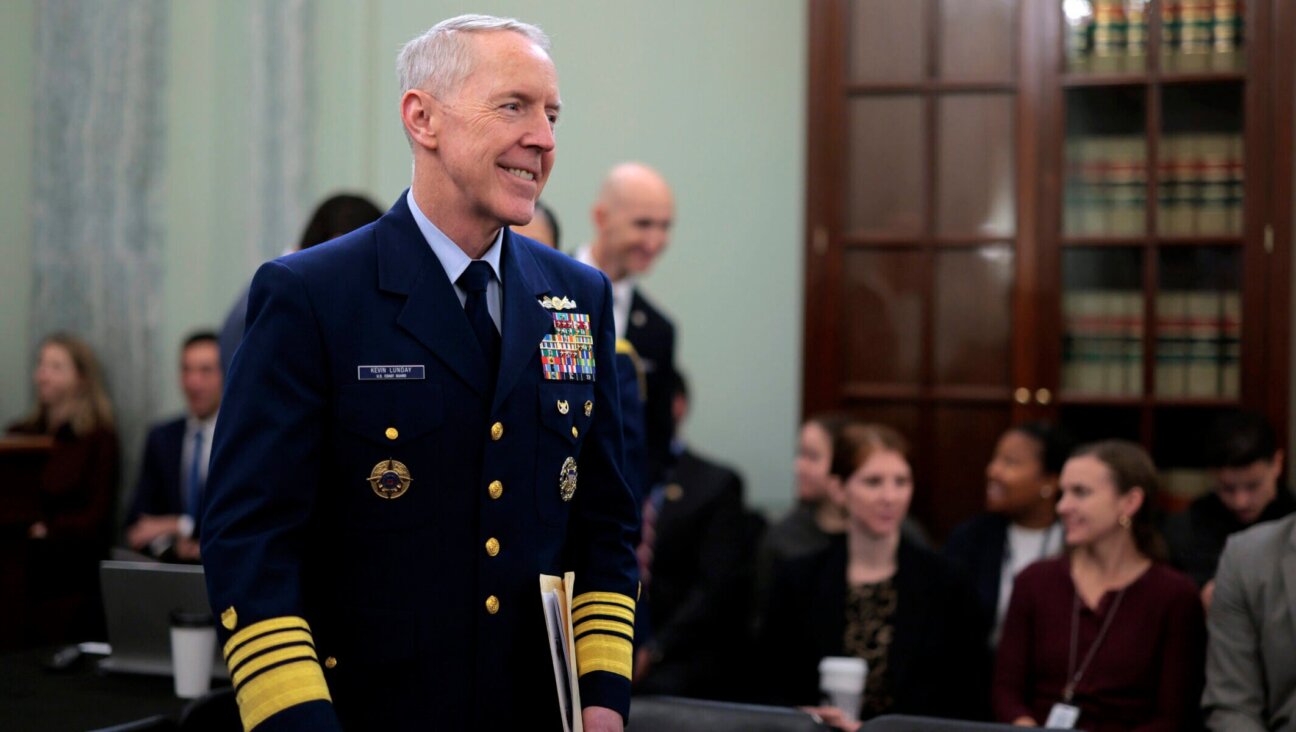Taking Photos of Chained Women

Graphic by Angelie Zaslavsky
Aviva Klein
For the past several months, the subjects standing before Aviva Klein’s camera have not been the usual assortment of musicians, celebrities and fashion labels who hire her for their album artwork or style shoots, but agunot, women who are chained in marriages they no longer wish to be a part of thanks to a halachic structure where one gender holds the power. Klein, who lives and works primarily in Manhattan, recently funded an Indiegogo campaign to raise $5,000 to continue her photography project that began with a grant from The Schusterman Family Foundation. She spoke with Tova Ross about her work and why she felt compelled to set aside time from her career taking pictures of celebrities like Beyonce, T.I. and Questlove and for fashion companies like Lanvin and Nike to taking photos of* agunot*.
Tova Ross: If your professional background is in the music and celebrity industry, then why photograph agunot now?
Aviva Klein: In late 2013, I received a micro-grant from the Schusterman Foundation to “make something happen” in the Jewish community. The organization didn’t specify what it should be, exactly, just that those who receive its funding do something impactful that will effect a meaningful change within the Jewish community. I chose to incorporate my photography skills as a way to tell a story of something I thought needed more attention and awareness. When I did some research and learned that one of the most pressing issues our Jewish community faces today is the plight of the agunot, I was drawn to it right away.
How did you find the agunot to photograph them?
I worked with an organization called Agunah International, where one of the administrators helped put me in touch with some agunot and former agunot. The more I spoke with them, the more inspired I was to tell their stories. I’ve already photographed several women in the tri-state area, and have plans to photograph Rivky Weiss, who recently made headlines with her very public, virtual campaign to receive her get from her husband, Yoel Weiss.
Did you know anything about the world of agunot before you started this project?
Not that much. I left yeshiva for public school in sixth grade, and despite being able to speak a fluent Hebrew, I’m not really affiliated or observant in any way today. I hadn’t read much about the issue or knew anyone who the issue touched.
What was the most surprising thing you learned in photographing these women and learning about their stories?
A lot of them are ashamed to show their faces and have their name attached to any publicity, and it really shocked me. It’s the men who utilize their power to withhold a divorce decree that are the ones who should be embarrassed, not the women to whom this injustice is being done. Yet to most of the women I spoke with and photographed, anonymity was of utmost importance. Only one woman agreed to show her face in the photo I took of her.
Where can people see your photographs? Where do you hope to show them?
I’d like to show it in as many places as possible. Right now, I have one commitment with the Sabes Jewish Community Center of Greater Minneapolis to exhibit the work in February 2015, but I’m open to talking with any Jewish community center, school or synagogue that might be interested in helping me raise awareness through photography.
If you received a grant, why do you need to raise more money now, and what does the money go toward?
My microgrant ran out but I’d like to continue the project, if I can, and photograph more and more women. The funding I receive all goes toward travel expenses like gas and tolls and equipment rental expenses.
What do you hope to achieve with this project?
Communal awareness is the main goal. But I think a lot of agunot feel abandoned by their community, and I hope this helps them feel less forgotten and disregarded. These photos are visual confirmation of their existence and their stories, and I think that’s a very powerful thing. If it ends up being some kind of catalyst for tangible change in the community, that would be ideal, if maybe a tad naive — but it’s not the only goal I have in mind.
















